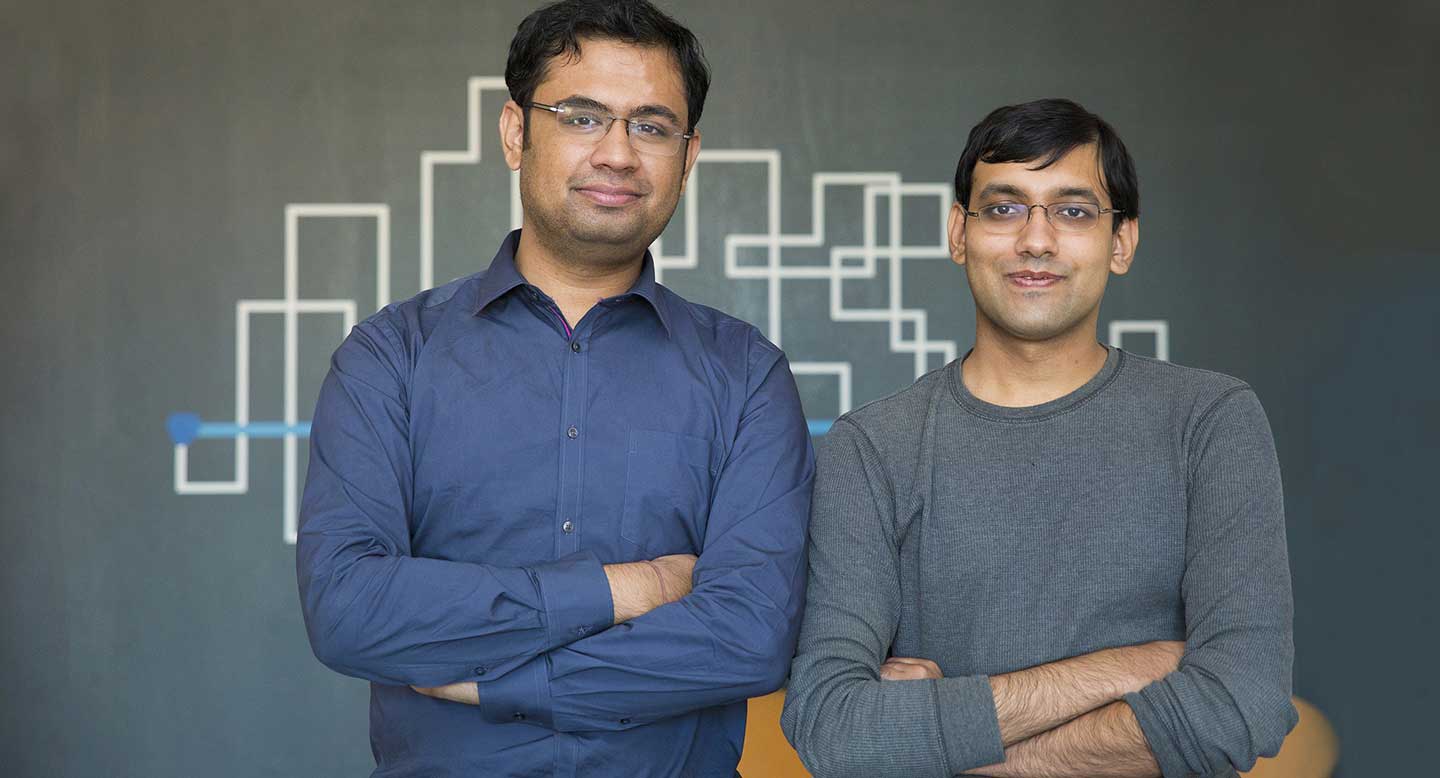Backed by Tiger Global, Matrix Partners, Y-Combinator and a string of notable investors, RazorPay is following US-based Stripe’s model, to build a simple, seamless online payments platform for merchants and customers in India. In the last nine months alone, it has on boarded 900 merchants and is recording 50 per cent growth in transfers month-on-month.
In many ways RazorPay, the Indian payment gateway solution startup, is similar to US-based Stripe. It was founded with the primary goal of making the online payments API simple and effective for merchants and consumers. But one may ask, when India holds such a massive potential for the US-based fintech company to grow, why did it refrain from doing so? The answer lies in an old lesson that US-based PayPal (online payment company) learnt when it attempted to introduce India to a wallet service, which allows the customer to hold money in the wallet indefinitely. The RBI, not being too happy with it, introduced regulations which mandated customers to earn not more than US $500 per allowance and transfer the cash to an Indian bank within seven days of receiving the payment.
Even now, elaborate approvals and regulatory norms restrict fintech companies in India from going the last mile. Despite that India-born RazorPay has made significant strides by working around every challenge, and setting up a platform which, in the last nine months alone, has signed up 900 merchants and recorded a 50 per cent growth in transfer, month-on-month. “Despite the odds, our focus remains on resolving the technology gap in India’s payments space and strengthening our position further in the coming years,” notes Harshil Mathur, its co-founder.
RazorPay was founded in 2013 by Mathur and Shashank Kumar with the sole purpose of creating a single platform on which merchants can be on boarded in less than a day and technology can be made simple and seamless for both merchants and customers. “Today, it takes hardly two lines of code for any merchant to integrate payments on his/her platform, and we usually verify the authenticity and credibility of merchants by avoiding physical paperwork and instead doing a background check with the help of their PAN card, Aadhar Card or other government certificates,” explains Mathur.
No Easy Road
Of course, such growth came with its own share of challenges in the early stage. A vital lesson, Mathur claims he learnt in the initial years was that scaling is difficult when you have nothing in hand to prove yourself. Meaning, when Mathur and his co-founder began approaching banks with their prototype version, many turned down the offer. “Since we started at a time when fintech startups were not that prominent, banks refused to partner with us. We approached to close to 100 bankers and all of them were against it. That was the most difficult part,” recalls Mathur. Finally, the startup got its first break when HDFC gave a go ahead. Of course, once the first customer falls in place, with a great product and good reviews, the other clients too eventually land at your doorstep. “Now, we have close to 170 banks on board. The funding round also added to the credibility,” he notes.
Today, it takes hardly two lines of code for any merchant to integrate payments on his/her platform, and we usually verify the authenticity and credibility of merchants by avoiding physical paperwork and instead doing a background check with the help of their pan card, aadhar card or other government certificates
Pacing its growth
Since its prototype stage, the company has built in several features into its product; such as Cross platform payment form that can be embedded using single line of javascript, a payments dashboard for merchants, auto-updation of new and improved features, auto filling OTP with Android SDK and more. “In fact, our mobile software has been built in a way that it works even on 2G speeds. In fact, each of our products is tested to find out if it works effectively even at the lowest speeds,” claims Mathur.
In the last decade, while the goal of fintech startups in the payments space has been on bill payments and the sales process, Mathur believes that the focus has now shifted to tech gaining an edge over everything else. “That’s why we don’t have a big sales team. Instead, we focus on building a great product team, and carving our niche on the technology front,” he states.
Accordingly, its marketing spends have also not been exorbitant. While early stage was about soft launches and meeting prospective clients in person, the focus eventually shifted to word of mouth and organic growth. “The thing about signing small scale retailers on board is that they have a good referral network, and that proved advantageous to us,” shares Mathur. According to him, 70 per cent of the business for RazorPay has come through referrals. Of course, this combined with social media marketing (such as Facebook & Google Ads, SEO, SEM) has contributed to the boost.
The fuel for growth
Among the five Indian startups to be taken into the Y Combinator (YC) Program, RazorPay, soon after it completed its session, raised a seed round of US $2.5 million (in October 2015), led by Matrix Partners and Y Combinator, and joined by several other investors such as Kunal Bahl and Rohit Bansal (Snapdeal), Punit Soni (former Chief Product Officer at Flipkart), Amit Gupta and Naveen Tewari (InMobi) and more. “In total, we raised seed from 33 angel investors,” confirms Mathur.
This was followed by a Series A of US $9 million, led by Tiger Global and where existing investor, Matrix Partners participated. “We didn’t really know how to approach investors earlier. Being a part of YC helped us define our pitch and focus on the important things when pitching to an investor,” shares Mathur.
Believing that the secret to the company’s success lies in technology and lending a close ear to customer feedback, Mathur is clear that in the coming year, his goal remains to continue to growth the monthly transaction rate by 50 per cent, and hopefully become a market leader in the next two to three years.
THE YC -VC CONNECT
- One of the first lessons we learnt was how to define our investor pitch and focus on presenting the more important things. Then, we were made to understand what it means when an investor says something. For example, if he/she says let’s meet again, but it’s indefinite, it means they’re not interested. Or, if they say, let’s look at it again in two months, it’s a no again.
- Secondly, they have an extremely good network of investors. So, when we want to approach a VC, they tell us who will be and will not be relevant for us.
- Thirdly, during the demo day at YC, we had to pitch to close to 200 investors. I don’t think there’s a better avenue to get access to so many investors. It accelerates the whole fund raising process. In fact, that’s what led to our seed round.
Snapshot: RazorPay
Founders: Harshil Mathur and Shashank Kumar
Year: 2013
Concept: Similar to US-based Stripe, an online Indian payment gateway platform
Investors: Y Combinator, Matrix Partners, Tiger Global, Kunal Bahl and Rohit Bansal (Snapdeal), Punit Soni (former Chief Product Officer at Flipkart), Amit Gupta and Naveen Tewari (InMobi) and more.





